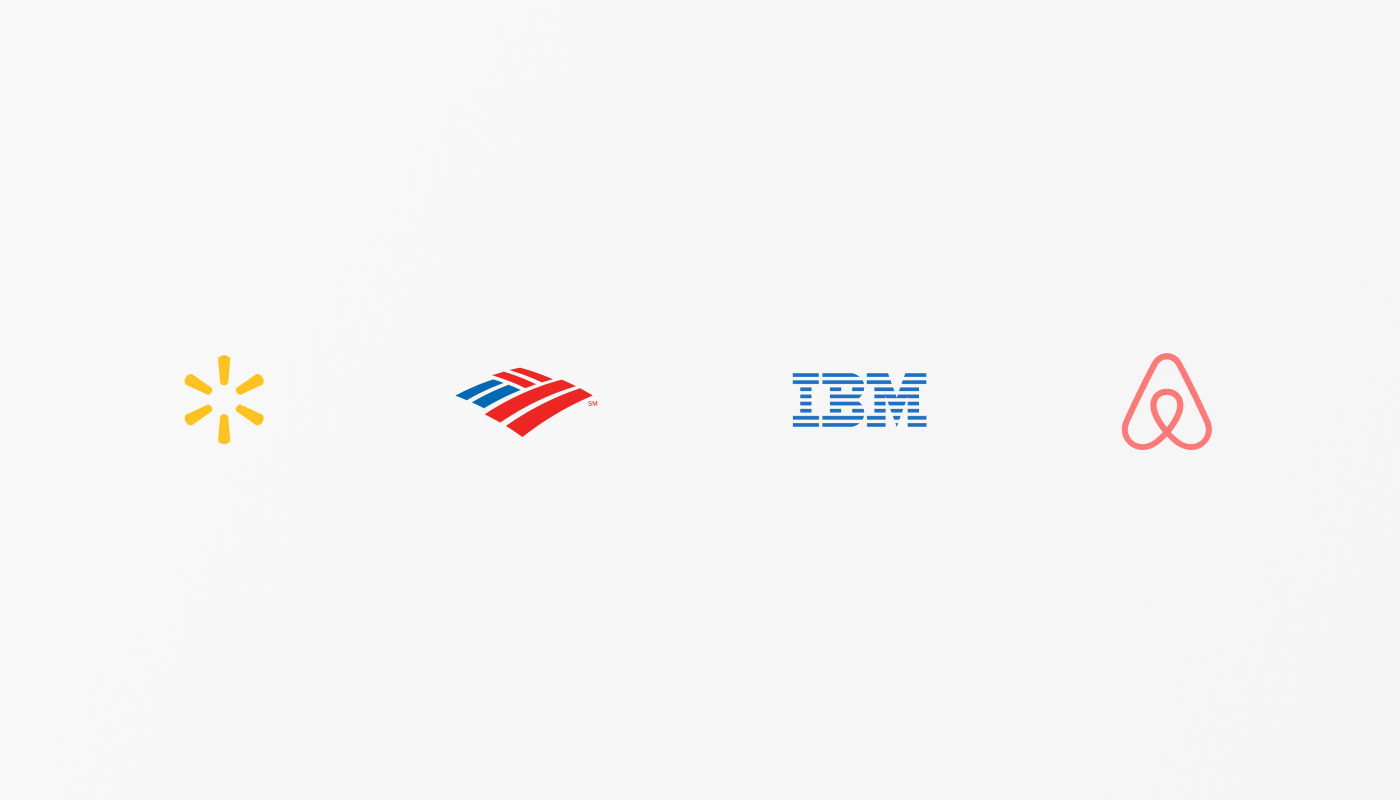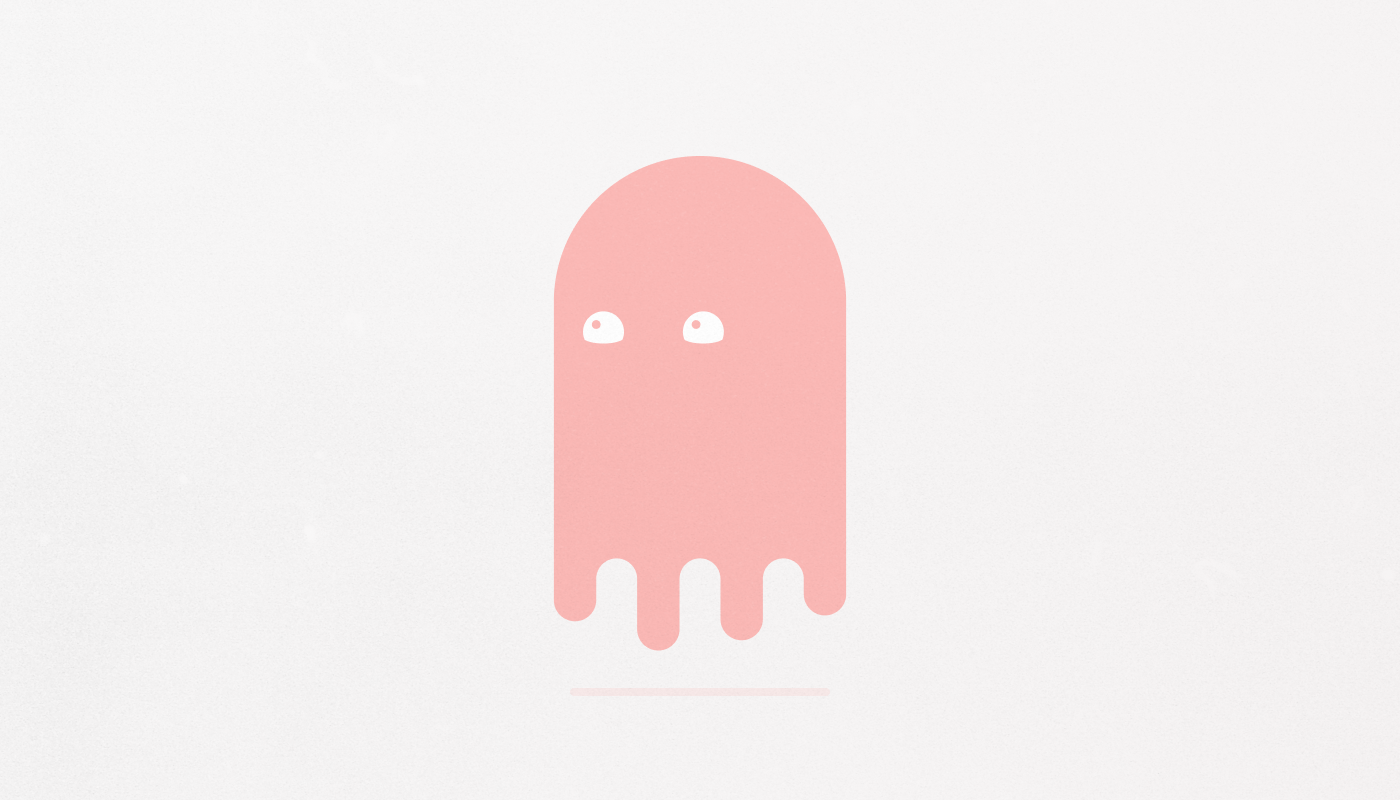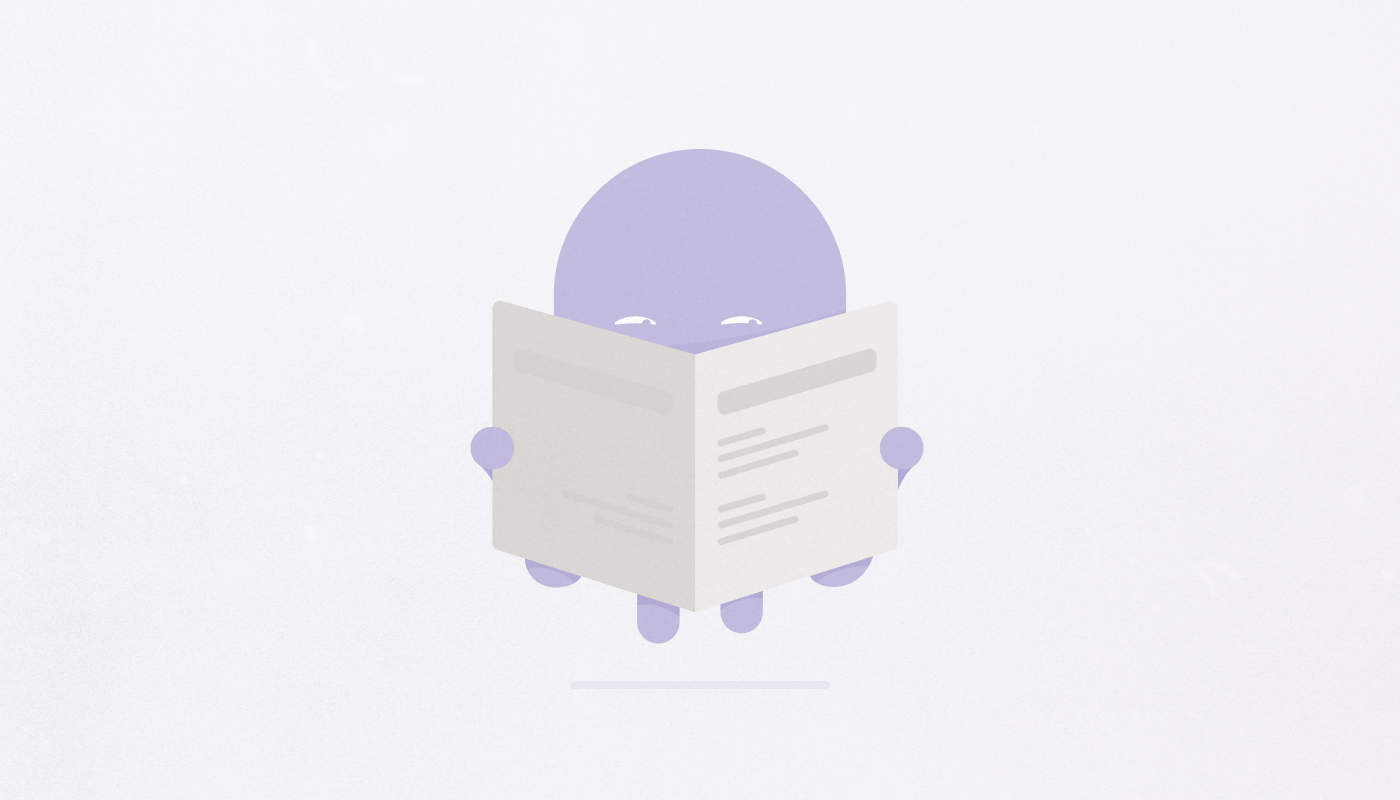In this article, I’ll attempt to make the business case in terms of ROI, with actual statistics and case studies. Let’s talk about its value in two ways, and keep in mind we will be framing this in the context of digital products.
First, the value of UX as a whole
In my last article I explained what UX is and how we think about it at Vincit. I’d suggest reading that first if you haven’t yet, so we have the same frame of reference. Or if you’re feeling lazy, we explained that User Experience is the umbrella that contains everything from research, to planning, all the way through final designs and animations.
When speaking about UX as the entire experience, a good UX strategy increases ROI in a big way. This is due to many small improvements that add up to a major impact. To name a few, good UX leads to improved customer retention, more customer recommendations, additional repeat customers, higher conversion rates, and enhanced credibility. Investing in UX also leads to lower development costs and lower business expenses going forward.
New customers rely on the company website or app to see if the company is trustworthy. This is the first impression, and the experience will have a huge impact on whether or not the potential customer will engage with the company. In other words, please for the love of god, get rid of your subscription popup — or at least wait 30 seconds before showing it.
-
81% of shoppers research online before buying
-
75% of users based the entire company’s credibility on its website design
-
70% of consumers learn about a company through their blog, rather than ads
-
88% of online consumers said they would not return to a site after a bad experience
-
79% of online shoppers admitted they’d be less likely to buy from a site again if they experienced a dissatisfying visit
Loyal customers
A survey of companies that invest in UX strategy found that customers are more loyal and more willing to pay up or recommend the company.
-
14.4% more willing to pay a premium
-
15.8% more likely to remain with that same brand
-
16.6% more likely to recommend the product or service
These are important statistics because recommendations and returning customers lead to more sales, while increased pricing power will help generate the cash monies.
Lower business expenses
Beyond bringing in more customers and boosting profits, UX work can alleviate business expenses, leading to a healthier financial position.
-
Lower costs for customer acquisition
-
Lower support costs
-
In the case of MacAfee ProtectionPilot software, usability testing led to a 90% reduction in support costs
The reason for this lies in two main traits of great experiences: Usability and intuitiveness. When customers can use the product and find what they need without getting confused and contacting support, the company can reduce their support costs. Also, when you pay attention to the type of support requests, you can implement new features based on users’ actual needs (I’m looking at you Adobe). This will bring these costs down further and make users much happier.
Let's take a look at a few success stories

The actual return will vary based on the quality of the current experience, skill of the UX team, and the size of the opportunity, but to shed some light on the potential returns, we can look at some big name case studies.
Walmart
Their e-commerce site redesign resulted in a 214% increase in visitors.
Bank of America
Online banking registrations increased by 45% after a redesign of the registration process.
IBM
IBM found, in their report on “User-Centered-Design”, that every dollar invested in ease of use returns $10 to $100.
AirBnB
AirBnB went from the brink of failure to a roughly $30B valuation.
“When we started talking to our customers and seeing how they used our service, it was the defining moment of success that turned the company around.”
-Mike Gebbia, Air BnB
Wall Street
From 2007–2012, the top 10 customer experience agencies outperformed the S&P (the broader market) with close to triple the returns, at a cumulative total of +43% The 10 companies with the worst customer experience generated a negative total return of -34% during the same time period In 2006, Facebook created a “UX Fund.” The $50,000 fund invested in companies that focus on delivering great user experiences. The hypothesis was that the ROI of UX should be reflected in their stock price over time. Over a ten year period, from 2006 to 2016, the “UX Fund” returned 450% vs the Nasdaq’s 93.2% return.
Hidden Value

Let’s get more specific and talk about some of the other benefits in a typical project. This is where we’ll be getting into some of the hidden benefits I mentioned earlier.
Interaction Design reduces development costs
The UI of software is 47–66% of a project’s total code, 40% of the development effort, and 80% of the unforeseen fixes required. Getting it right the first time results in massive savings for development.
Also, 70% of projects fail due to lack of user acceptance, so working with the users in mind from the start greatly reduces risk for failure.
Conducting Interaction Design before development leads to:
-
50% more accurate estimates for build time and cost
-
80% reduced requests for clarification by the development team
-
25% reduced rework and bug fixes post-launch
A good analogy is the construction of a building. It begins with surveying the land (UX Research). Then blueprints of the building are created (Wireframes). Then 3D renders of the building are created (Design). Only then does the construction crew start building (Development). Without this initial planning, you will run into major problems like misaligned walls, rooms with no doors, or unstable ground beneath the building. All of which will greatly increase costs or even require tearing the building down and starting over. The same concept applies to digital products — all of these issues can be avoided by investing in the upfront planning.
Most agencies already know about the benefits for development, and will either conduct both the UX and development, or will refuse projects where the client is not willing to purchase UX work.
Extra-hidden-super-sneaky value

There are many other benefits of UX that are very hard to describe in terms of monetary value. This mostly revolves around brand perception and internal communication.
Well crafted, beautiful experiences boost the brand’s image. Imagine walking into a prestigious hotel, but you can‘t find your room because the hallways are confusing, theres a cute but annoying mouse hanging out in your bathroom, and the hallways smell like Jalapeño Cheddar Cheetos (they’re great by the way). The branding might be on point, but with this bad experience, the brand value will erode very quickly. On the flip side, great experiences can elevate a relatively unknown brand to greatness (remember Air-BnB?).
As far as internal communication goes, I’m sure everyone knows how difficult it can be to get everyone on the same page with hypothetical or abstract concepts. Everyone has a different idea in their heads. Defining and documenting the goals, target users and features gives everyone a source of truth for discussions. Creating wireframes and design prototypes solidify things further, resulting in less fist-sized holes in the walls and more beer glass clinks after meetings. Not to mention giving the team something to rally around and become excited about.
Common Traps to Avoid

Not enough budget allocated for UX work
If there are not enough hours for the UX team, there will be unknowns and holes in the product’s logic that will have a huge impact on the development costs (rooms with no doors remember?). This is a problem that both agencies and in-house teams face, because at first glance, the value of UX is not as clear as the value of development. This leads to companies undervaluing the work, which results in much higher development costs.
Old / existing wireframes or designs
Another common issue is when there are old wireframes or digital product designs, either created by a client or another team. Companies often assume that the work is done and all they need is development. But in many cases the designs will need to be reworked. Here are a few possible reasons:
If there have been changes to features since the original designs were created If the designs were created by someone other than a (good) headless commerce and UX professional If there was never a research phase involved If the planning decisions were not documented In these scenarios, having a UX team review the current designs and either fix the issues or redesign the product will make sure there are no unexpected problems when it comes to development.
Choosing a cheap team
When shopping around for the right design team, it can be tempting to go with the cheaper option, especially when the prices can vary 2 or 3 fold. That’s almost always a bad idea. The reason is these benefits that i’ve mentioned during this article aren’t black and white. They scale with the quality and thoroughness of the UX work.
Choosing an inexperienced team to save money usually will cost more in the long run. Developers need to be able to trust the UX team, since the UX team has the authority when it comes to features. If there are major problems with the designs, developers hands are tied. Even if they see issues and think of better ways to implement the features, they have to spend time convincing the UX team to make the changes every time it comes up. These little changes often have more widespread effects and will end up creating problems in other areas of the product, and the cycle repeats.
How to avoid these problems
Choosing a design team that has proven themselves with a variety of projects, has good quality work, and has a close relationship with the development team will be the ideal scenario. The variety of work ensures the team isn’t just good in one particular industry, reusing templates for each customer — the team should be adaptable to any type of challenge.
Make sure the budget is large enough, listen to the design team when they explain the value and effort regarding each part of the process, and have regular communication with the team.
To cap things off
UX brings in new customers, increases customer loyalty and pricing power, and reduces development costs and business expenses. The industry has been changing rapidly, making UX an expectation rather than a differentiator.
Given all of this, it may be surprising that on average, only 11.5% of product development budgets are spent on UX.
To me, that statistic looks like a clear indication of underspending on UX, leading to overspending on development. It also looks like an opportunity to do things better than many other companies.
Sources
https://uxplanet.org/how-to-calculate-the-roi-of-your-ux-activities-b7ba7023246a
https://www.urbanemu.com/the-impact-of-user-experience-today-and-tomorrow/
https://www.experiencedynamics.com/blog/2015/03/30-ux-statistics-you-should-not-ignore-infographic
https://www.experiencedynamics.com/blog/2014/07/making-strong-business-case-roi-ux-infographic
https://www.toptal.com/designers/ux/roi-of-ux-redesign-case-studies


